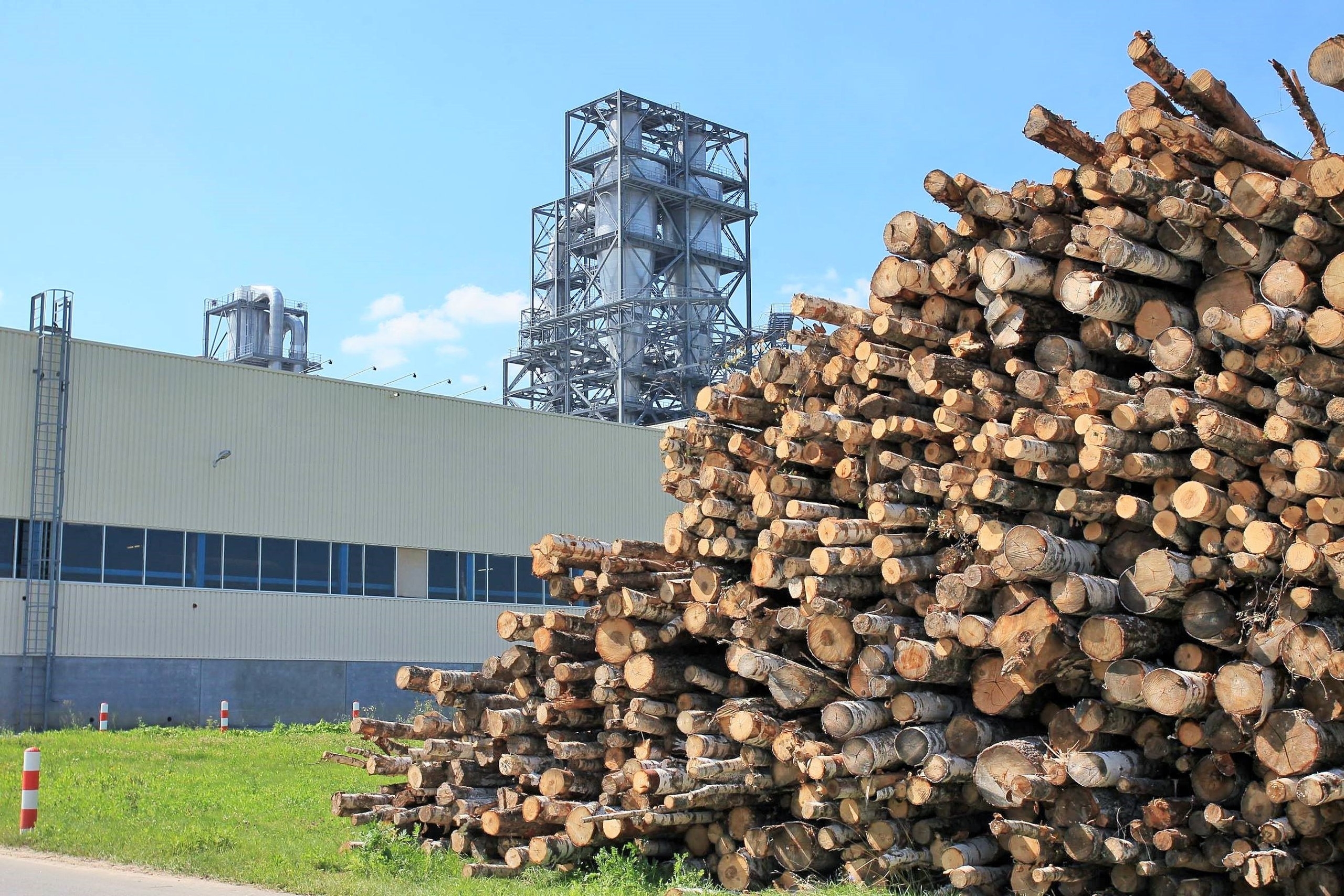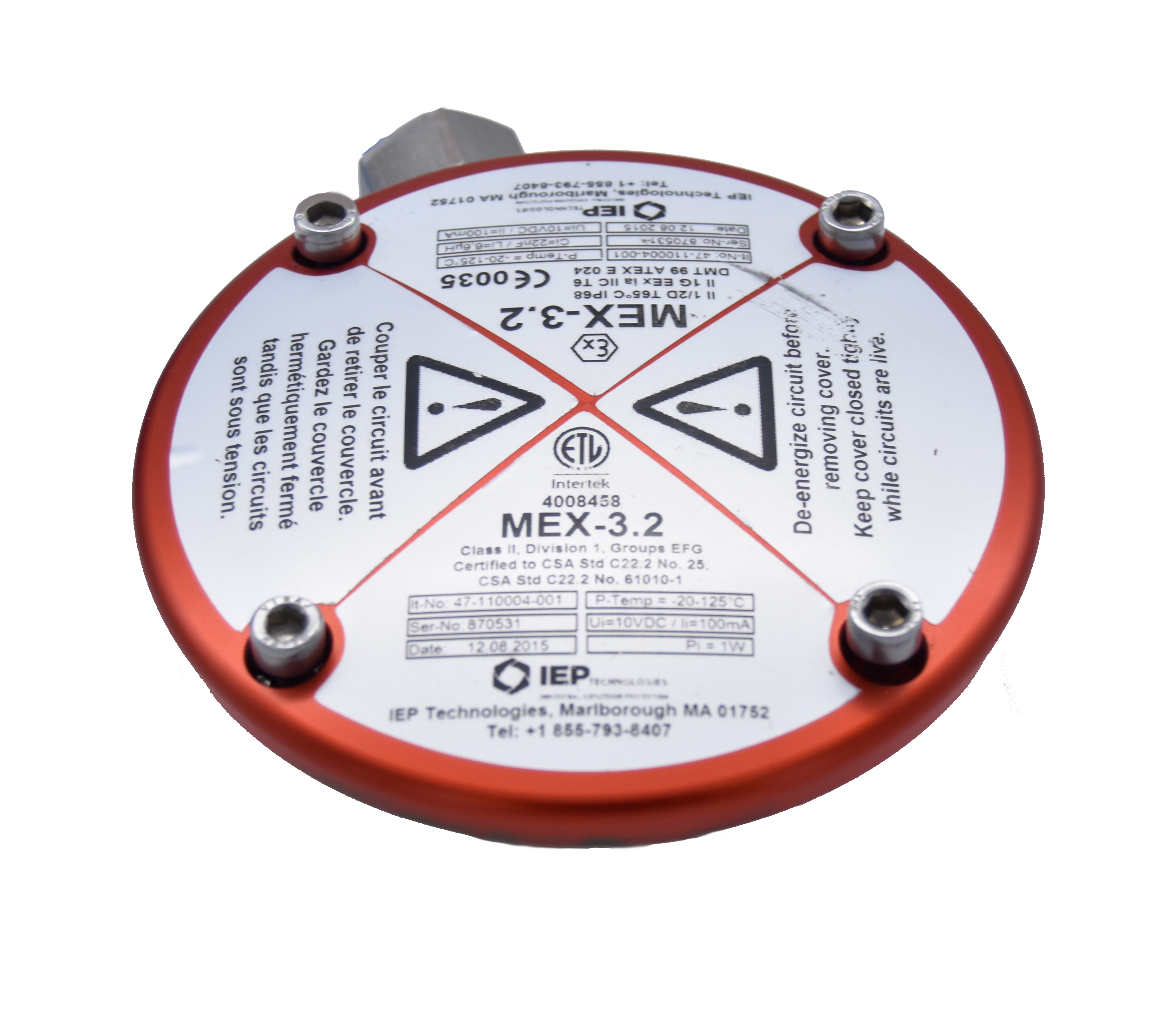
IEP Technologies, the global experts in Industrial Explosion Protection, recently completed the first phase of a major plant protection project for a leading North American manufacturer of Wood Products for the construction industry. With several facilities across Canada and the USA, the end-user became acutely aware of the potential for explosions created in their production processes by the uncontrolled ignition of fine wood particles and dusts.
Although it is generally accepted that wood product manufacturing creates potentially combustible dusts as a consequence of the production processes, the first stage of IEP’s review required 7 dust samples to be collected from different stages of the plant, in order to determine the exact explosive characteristics of the material. These tests were conducted at IEP’s own “Combustion Research Center”, an independent laboratory specializing in the combustion characteristic testing of dusts, liquids, and gases. After this and a subsequent engineering review by IEP, more than 30 vessels and wood-processing specific production machines were identified as needing to be included in the protection strategy, including cyclones, dust collectors, weigh hoppers, fibre bins, and forming heads along with connecting conveyors and ducting. IEP proposed their “SmartDS” Dynamic Pressure Detection System to fulfil this requirement. The SmartDS is a rate of pressure rise detector and uses multiple algorithms that constantly interrogate pressure data to allow explosion detection while providing excellent false alarm immunity. The SmartDS is SIL 2 certified and ATEX approved.

After presenting various plant protection schemes, the customer opted for the one which offered the very highest level of safety, which included 25 zones of protection incorporating explosion venting, detection, suppression and isolation, linked back to four of IEP’s EX8000 Multi-Channel control systems. A key feature here was also the fact that each EX8000 Controller can handle up to 16 zones, therefore building plenty of scope for future plant expansion into the current installation.
The integrated protection system combined several elements including passive explosion venting for outdoor vessels, together with detection, suppression and isolation to safeguard against the propagation of explosive products to interconnected vessels and machines and the associated risk of secondary explosions.


